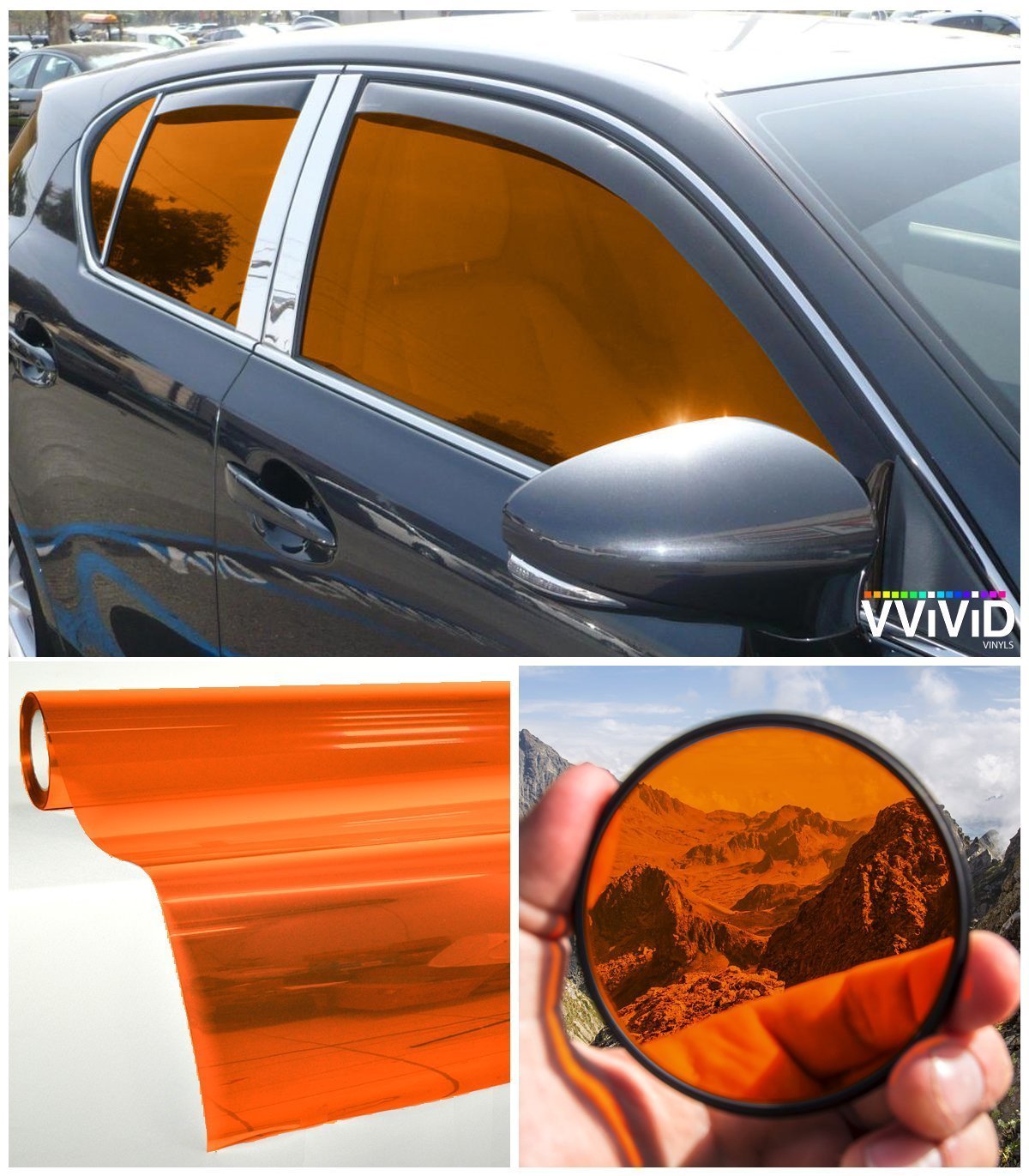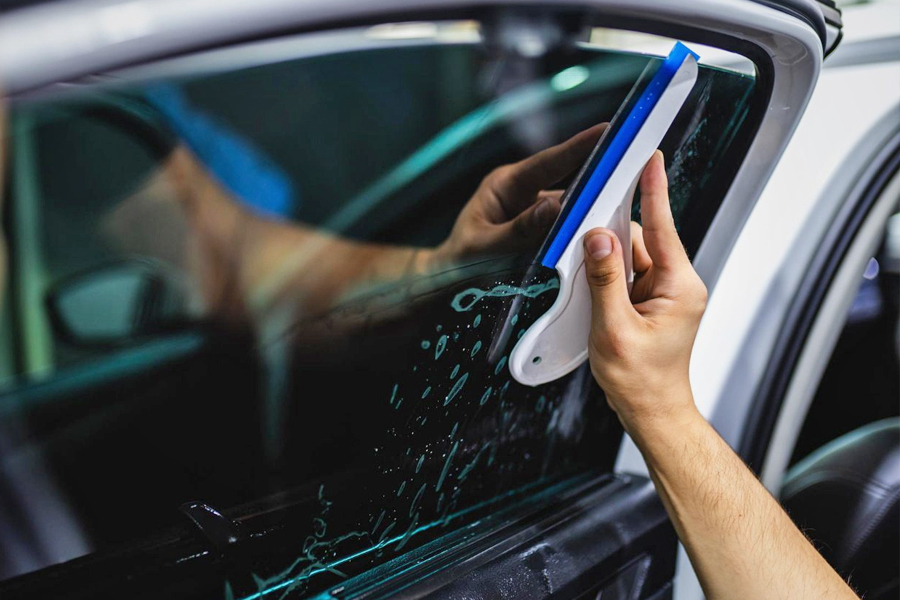Car Window Tinting for Enhanced Protection and Minimized Break-Ins
Car Window Tinting for Enhanced Protection and Minimized Break-Ins
Blog Article
Home Window Tinting Rules and Standards: What You Required to Know Prior To Tinting Your Vehicle
Before proceeding with window tinting for your car, it is essential to familiarize yourself with the varied legislations and guidelines that control this method throughout different states. These laws determine the acceptable levels of color darkness, typically measured by visible light transmission (VLT) percents, and include specific stipulations for front windshields aimed at guaranteeing roadway safety and security.
Summary of Window Tinting Rules
Window tinting regulations are frequently based on variation throughout different jurisdictions, mirroring neighborhood laws and safety and security factors to consider. These regulations dictate the allowable degrees of color darkness and reflectiveness on automobile windows, ensuring that motorists maintain sufficient visibility while likewise securing against unsafe UV rays and warm.
Many guidelines categorize home window tinting based upon the Visible Light Transmission (VLT) portion, which indicates the amount of light that can pass through the window. Typically, lower VLT portions represent darker colors. Legislations often distinguish between the front, side, and back windows, with more stringent constraints put on the front windshield to improve security for both the chauffeur and other road customers.
Additionally, some territories enforce limitations on the reflectivity of the tint, preventing excessive glow that can impair visibility. Exceptions to these laws may exist for individuals with certain clinical problems needing added sunlight protection. Compliance with home window tinting laws is essential, as infractions can result in penalties, necessary removal of the color, and prospective rises in insurance costs. For that reason, it is necessary for vehicle proprietors to familiarize themselves with neighborhood laws before proceeding with window tinting installations.
State-by-State Color Laws
Understanding the specific window tinting regulations in each state is essential for automobile proprietors looking for to abide by the legislation. Each state in the united state has actually established its very own set of rules regulating window tinting, which can vary dramatically. These regulations typically determine the permitted degrees of color darkness, the sorts of windows that can be tinted, and any kind of medical exceptions that might apply.
For example, states like California have stringent limitations on color darkness for front windows, while others, such as New Mexico, might permit darker colors. In addition, specific states mandate details presence portions for various home windows, including the windscreen, front side home windows, and rear windows. It is crucial for vehicle proprietors to familiarize themselves with their state's regulations to prevent potential fines or fines.
Moreover, some states may require a certification sticker label to be put on tinted windows, indicating compliance with state regulations. Failure to stick to these regulations not only runs the risk of lawful consequences yet can also impact safety and security and exposure while driving. Consequently, vehicle owners need to conduct complete study or seek advice from local authorities to ensure full understanding and compliance with state-by-state color policies.
Allowed Tint Degrees and Types
Several vehicle owners might be shocked to find out that allowed tint levels and types vary commonly across different states. Each state has actually established its very own policies pertaining to the acceptable darkness and reflectivity of window color, often measured by Visible Light Transmission (VLT) portions. VLT describes the quantity of light that can go through the colored home windows; hence, a reduced portion suggests a darker color.

Moreover, the types of color find out here products allowed can vary, with some states forbiding mirror-like or metal coatings. It is essential for automobile proprietors to familiarize themselves with their state's details regulations to make sure compliance. Non-compliance can result in fines, mandatory elimination of the tint, or various other legal effects, making it necessary to recognize these regulations before waging installation.
Medical Exceptions for Tinting
While not all states offer allocations for medical exceptions relating to window tinting, those that do acknowledge the requirement for details individuals to improve exposure and comfort because of medical problems. Numerous clinical conditions, such as lupus, skin cancer, and particular eye problems, can provide people particularly conscious sunshine. These people may call for darker colors to shield themselves from harmful UV rays and glare.

It is essential to keep in mind that despite a clinical exception, there might still be restrictions on the level of tint enabled. Compliance with state laws ensures that people are both protected and within lawful restrictions. Those considering clinical exemptions ought to call their regional Division of Website Electric motor Vehicles or comparable authority to understand the requirements and treatments needed to obtain an exception properly.
Charges for Non-Compliance
Failing to adhere to window tinting laws can bring about substantial charges, which vary by state. Regulation enforcement firms are encouraged to issue citations for vehicles that do not comply with the defined tinting policies. These fines normally include penalties, which can range from small total up to a number of hundred dollars, depending on the extent of the offense and the state in inquiry.
In some territories, duplicated offenses might cause intensifying penalties or added fines, such as mandatory court looks. In addition, non-compliance may necessitate the elimination of illegal tinting, usually at the owner's cost. In extreme situations, regular wrongdoers may encounter suspension of their vehicle registration until compliance is accomplished.
Additionally, insurance policy effects may develop from getting multiple citations for window color other infractions. Insurance providers may see such infractions as a sign of riskier behavior, possibly causing increased premiums or trouble in coverage.
To stay clear of these penalties, it is essential for automobile proprietors to familiarize themselves with their regional window tinting regulations and ensure that their car complies (Window Tinting). This positive approach not just stays clear of lawful implications but additionally advertises road safety and security
Verdict

A lot of policies categorize home window tinting based on the Visible Light Transmission (VLT) portion, which suggests the amount of light that can pass via the window. Compliance with home window tinting laws is critical, as offenses can result in fines, required removal of the color, and prospective increases in insurance coverage costs.Understanding the details home window tinting laws in each state is crucial for automobile proprietors seeking to abide with the regulation. These guidelines commonly determine the permitted levels of tint darkness, the types of home windows that can be tinted, and any type of clinical exceptions that might use.
For circumstances, states like California have rigid restrictions on color darkness for front home windows, while others, such as New Mexico, might permit darker colors.
Report this page